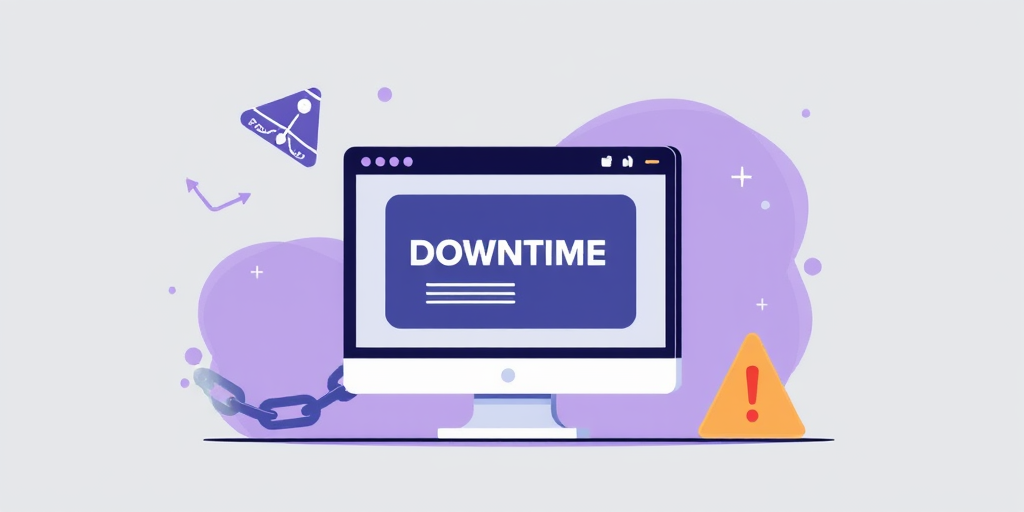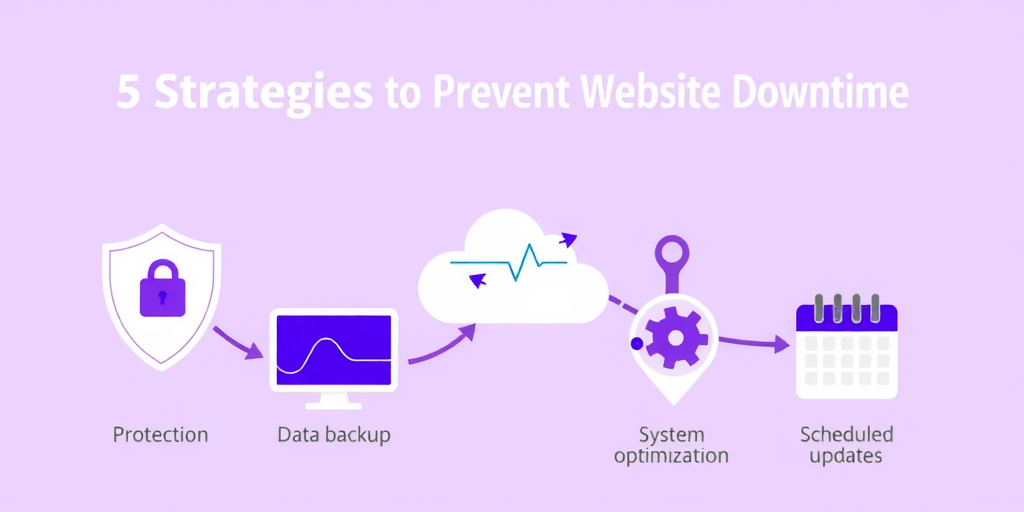Understanding Website Downtime: Causes and How to Prevent It
Website downtime can be a significant issue for businesses, impacting user experience and revenue. Understanding the causes of downtime and implementing strategies to prevent it is crucial for maintaining a reliable online presence. This guide will help you identify common causes of downtime and provide practical solutions to keep your website running smoothly.
What Is Website Downtime?

Website downtime refers to periods when your website is inaccessible to users. This can be due to various issues, including server failures, network problems, or application errors. Downtime can negatively affect user experience, search engine rankings, and overall business performance.
Common Causes of Website Downtime

- Server Overload: Excessive traffic or resource usage can overwhelm your server, causing it to crash.
- DNS Issues: Problems with domain name system (DNS) configurations can prevent users from reaching your website.
- Software Bugs: Errors in website code or applications can lead to crashes and downtime.
- Network Problems: Issues with internet connectivity or network infrastructure can disrupt access to your site.
- Maintenance and Updates: Scheduled or unscheduled maintenance can temporarily make your site unavailable.
How to Prevent Website Downtime

1. Choose a Reliable Hosting Provider
Opt for a reputable hosting provider with a strong track record of uptime and reliability. Consider providers like DH Cloud for robust hosting solutions that ensure your website remains online.
2. Implement Regular Backups
Regular backups are essential to recover quickly from any downtime incident. Use automated backup solutions to ensure that your data is safely stored and can be restored promptly if needed. Check out UpdraftPlus for WordPress backup solutions.
3. Monitor Your Website
Use monitoring tools to keep an eye on your website’s performance and uptime. Set up alerts to be notified of any issues before they impact your users. Tools like Uptime and Pingdom can help you stay informed.
4. Optimize Your Website
Regularly optimize your website to handle traffic spikes and reduce the risk of server overload. This includes optimizing images, minifying code, and using caching techniques. For tips on optimization, visit Google PageSpeed Insights.
5. Plan for Maintenance
Schedule regular maintenance and inform your users in advance to minimize the impact of planned downtime. Use maintenance plugins or tools to manage downtime effectively. For WordPress, consider Maintenance Mode plugins.
Final Thoughts
Understanding and addressing the causes of website downtime is crucial for maintaining a reliable online presence. By choosing a reliable hosting provider, implementing regular backups, monitoring your site, optimizing performance, and planning for maintenance, you can significantly reduce the risk of downtime and ensure a better experience for your users.
Contact Us for Reliable Hosting Solutions



























